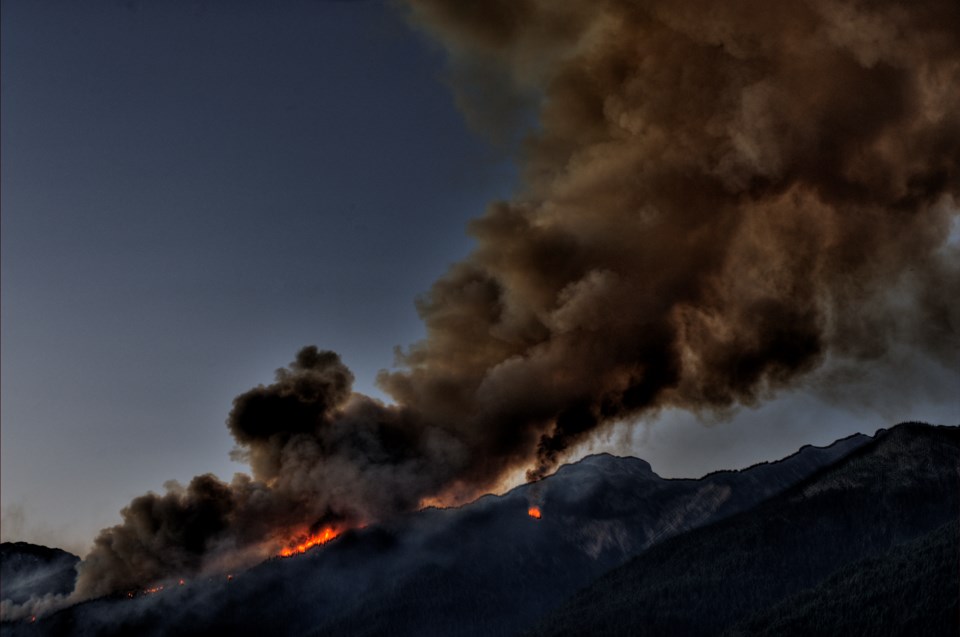Global warming is here. As anticipated , the temperature and levels of atmospheric CO2 have increased.
Various models were able to , and we are seeing the impact now. One of the main effects of the changes in the atmosphere are , which are and have affected Canada in the last month.
Complex models
Mathematical models to predict forest fire behaviours and they have been . They consider various aspects and their complex interrelationships: the (grass, shrub, small trees, large ones), the (wind direction, temperature, humidity), the topology of the terrain, and the (human activity, lightning).
Modelling forest fires and forecasting fire behaviour is a complex endeavour. A model can anticipate the direction and intensity of the fire, and help with evacuation, fire suppression and . The models can predict fire spread, which helps protect human life, housing and infrastructure, including crucial utility companies assets.
Mathematical models are important, but in the case of forest fires, we also need to build . We need to consider the different types of fire fuels in each region, the localized winds within forest fire areas, variations in climate, whether a fire spreads from the crown of the trees or on the ground, and other variations.
Using a computer to build a virtual laboratory for simulations helps with the prediction process in a safe, risk-free and cost-effective fashion. Experiments can be simulated on a computer to inform better decisions in the field, without affecting the environment, people or infrastructure.
Complex factors, small scale
Our lab — the lab at Carleton University — has been working on new methodologies for modelling and simulation that improve results at a reduced cost.
We model forest fire behaviour at a microscopic level. This is because models that work on have some constraints when we want to study the low-level interactions between fire, weather and suppression efforts.
Also, traditional models are harder to interface with Geographical Information Systems (GIS) software applications. We need to be able to interface the models with real-world data coming in real time from a variety of sensors: , satellites, , laser or . Building models that can react to external data needs new methodologies.
Our approach divides and calculates the complex phenomena. Many existing methods study the spread of fire by dividing the area of interest (for instance, rectangles, squares or triangles over the area of study), but these models are more complex to integrate with GIS, which use polygons of many different shapes. Building helps with obtaining more precise results.
These techniques help with creating models that are simpler to understand, test and modify.
Similarly, we need the simulations of such models to run efficiently. We defined new to generate a larger number of simulations in a shorter period of time, improving the quality of the results.
We also used that include advancing the simulation time irregularly (when important events are detected), as well as techniques to detect . These techniques allow us to pay more attention to the forest fire sections that need more calculations per second, without computing the equations where they are not needed. This saves simulation time and improves precision of the results.
Informed decision-making
Numerous government agencies — such as the — use various modelling and simulation tools like , and . These tools include web-based support for decision-makers and provide information to the general public.
To improve such tools, advanced research is needed in the field of and distributed simulation, which allows the software to run in remote sites.
The future of forest fire research includes more sophisticated sensors, new , modelling based on and to enhance the decision-making process.
We need to be prepared for , and modelling and simulation can help in this complex effort.
![]()
Gabriel Wainer receives funding from NSERC.





